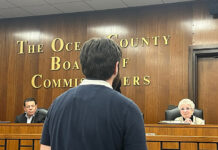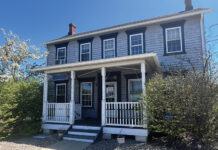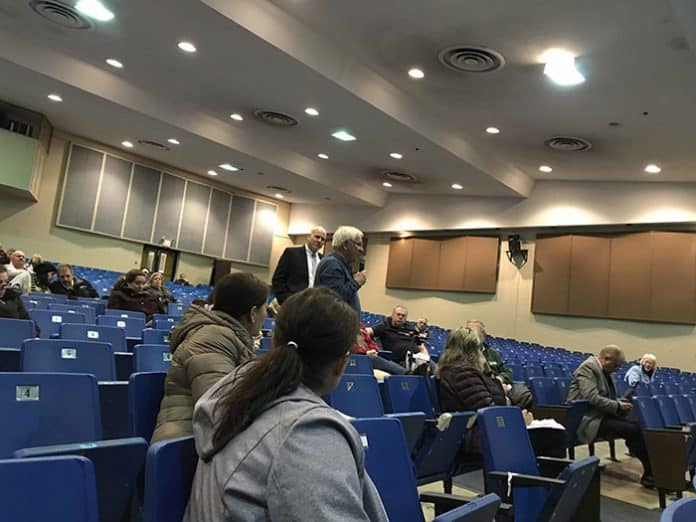
TOMS RIVER – Sitting on dilapidated seats in a very cold auditorium at High School North, residents listened to school officials explain why a referendum is needed to repair schools.
This was one of three public sessions held in different areas of town. The referendum will be on Jan. 22.
The referendum will fund improvements at all 18 schools, as well as five auxiliary facilities. The district has made public lists of what projects will be done at every school, and these are available at trschools.com/community/referendum. Security improvements, new roofs, HVAC, windows, and floors are among the needed construction. Some of the schools were built half a century ago.
The total price tag would be $147,148,269. However, the state has already agreed upon paying $47,281,593 of this. This leaves $99,866,676 that would be bonded, and paid off over years.
The way a referendum works is that the state pays a portion if the referendum is approved. If it’s not, the district has to fund the improvements on their own. That’s why a lot of districts use referendums to gain access to the state money. The improvements must be made anyway, they might as well get state funding for them. It will bring the overall tax impact down substantially.
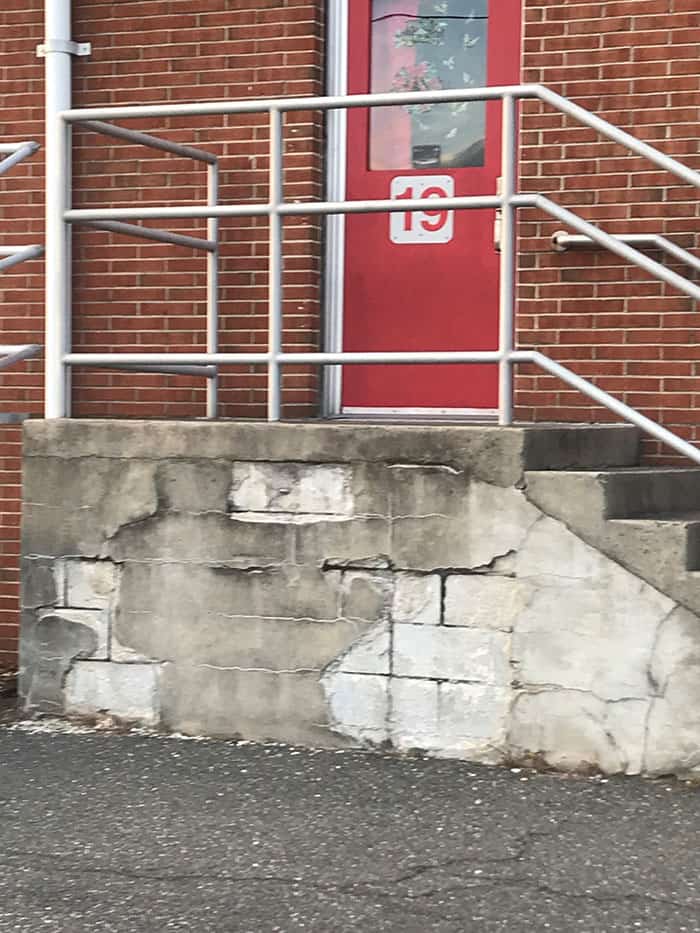
The district has a calculator on its website trschools.com/community/referendum. Residents can enter their town and the assessment on their property to determine what the change in their taxes would be. The following averages were given:
- Toms River: Residents with the average home assessment of $272,400, would see an increase of $141.65 per year.
- South Toms River: Residents with the average home assessment of $165,200, would see an increase of $72.52 per year.
- Beachwood: Residents with the average home assessment of $203,600, would see an increase of $96.75 per year.
- Pine Beach: Residents with the average home assessment of $267,900, would see an increase of $132.72 per year.
The final cost could be less than this, business administrator William Doering explained. These figures were estimated based on a worse case scenario of 3.85 percent interest over 20 years. If the district is allowed to take out smaller bonds when work is ready to be done, they can shop for better percentages. So, the tax impact might not be as bad.
Another point in the plus column is that the district is going to pay off $4.7 million in debt in 2025-2026, so that should soften the blow for that year and after, he said.
“This district has so much to be proud of…but the buildings definitely need work,” Superintendent David Healy said.
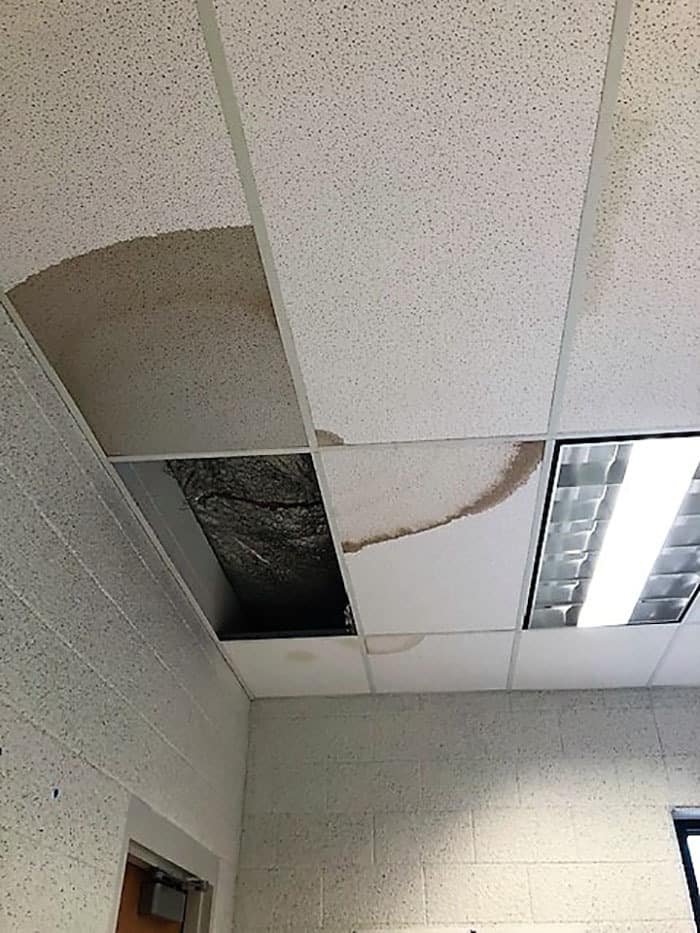
One resident asked if the district has been making any cuts to make things more affordable.
Healy said that 70 positions have been lost through attrition over four years. The district has the second lowest per-pupil cost in New Jersey, and is operating with a budget that is $31 million less than what the state estimates it should have, given the size of the district.
Board of Education President Joseph Nardini described the work agreement with contractors that tell when the work will be done, and require that the workers be certified. It is specified that 88 percent of the workers will be Ocean County residents, and therefore “88 percent of those paychecks are going to be cashed right here, in our economy.”
There was a time when families were moving to town and the district had to keep up. They built nine schools in 16 years, board member Russell Corby said.
“Somebody had to pay for those schools,” he said. “Now, we have to take care of them.”
Those taxpayers years ago did the right thing to help future generations, he said. Therefore, he urged people to think of more than themselves, and think of future generations who will need these schools to be in better condition. “What will we leave to this generation and the next generation?”
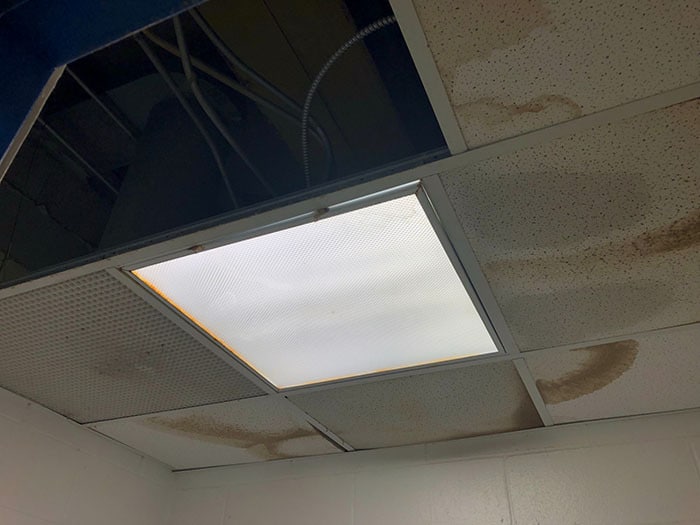
Any of these projects would cost more in the future, said Doering, the business administrator. When there’s an emergency because an electrical system malfunctions or a furnace dies, it costs more to get it repaired in an emergency than to be proactive and get it repaired or replaced beforehand. Not only that, but there are liability concerns when there are staff, students, and members of the public going into buildings that are in disrepair.
Additionally, the state’s $47 million is available now. It won’t be around if the referendum fails, he said.
He explained that there were other projects that were paid in other ways, such as a $17.8 million in energy projects. What happened was that the district bonded for the $17.8 million, and the projects being done are saving $1 million annually in energy costs, so it will be paid off without raising taxes.
This is set against a backdrop of normal state aid – money not tied to a referendum – is going down. The state provides funding to every district every year. However, new figures will put Toms River at a loss of $70,685,260 over the course of seven school years. They are currently mounting a legal opposition to this.


